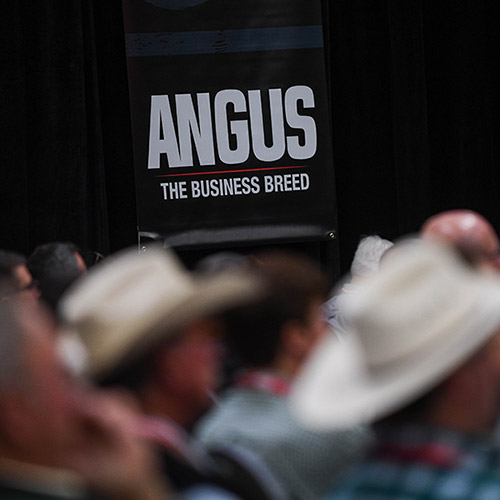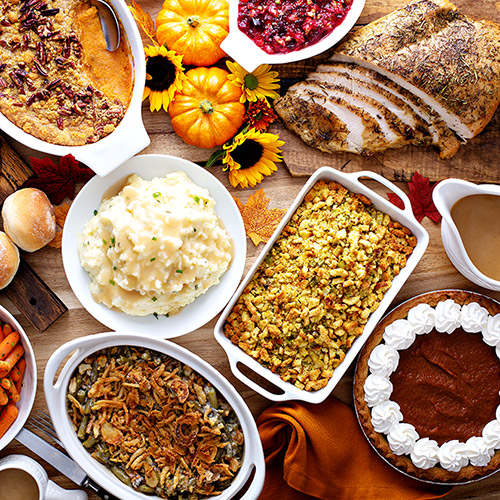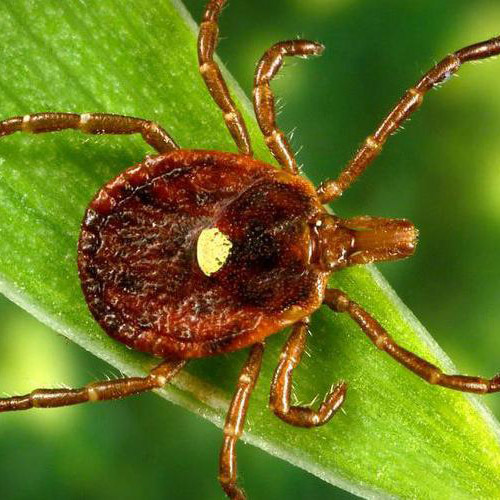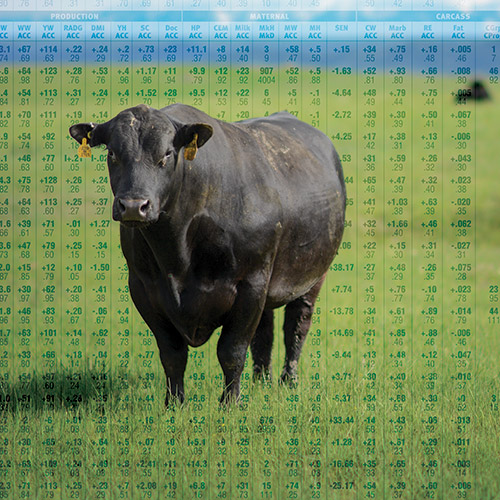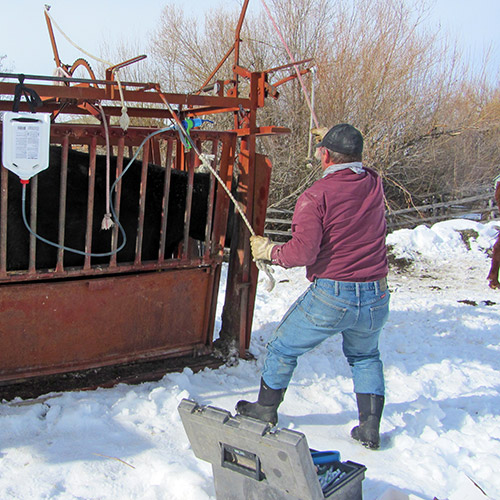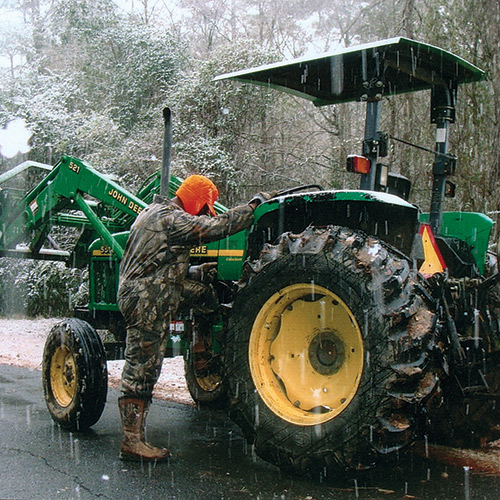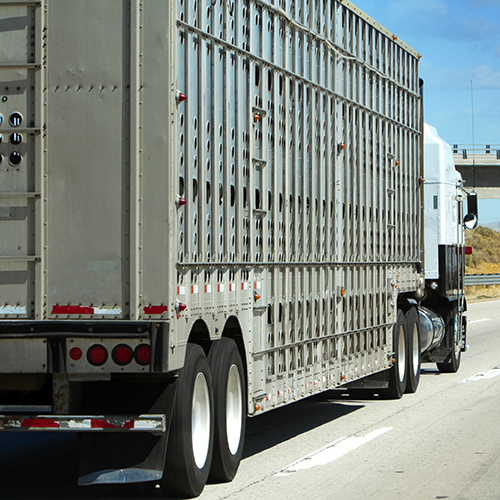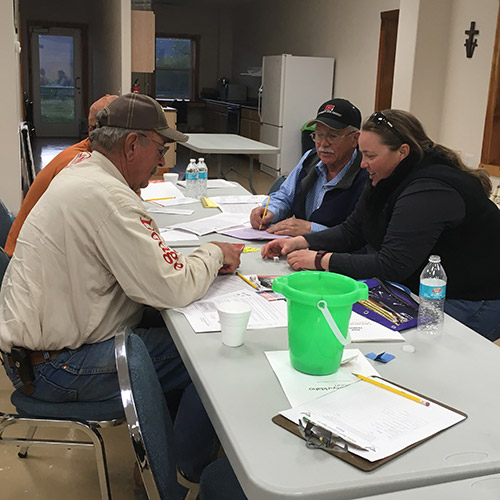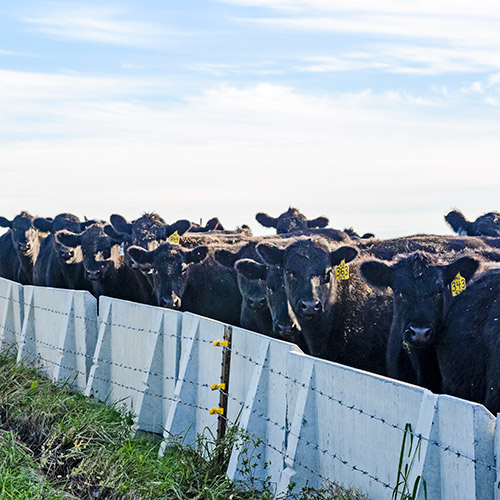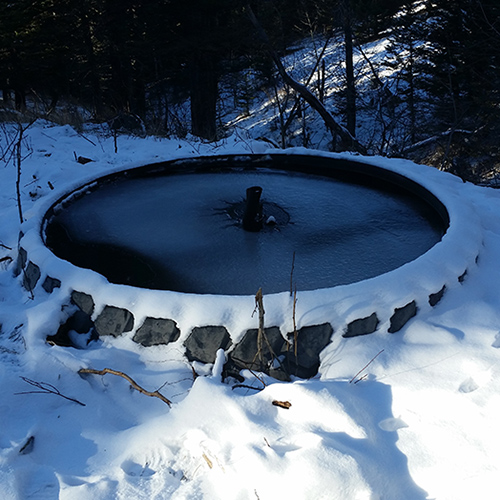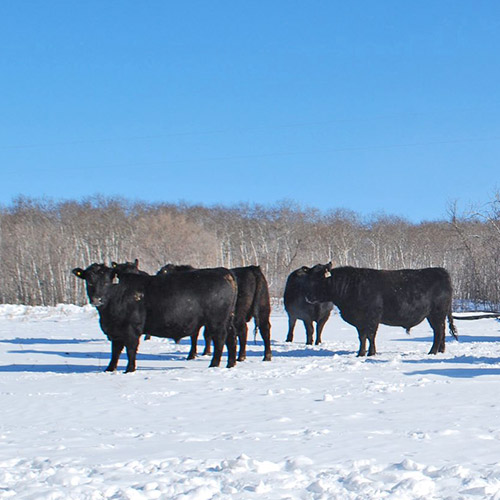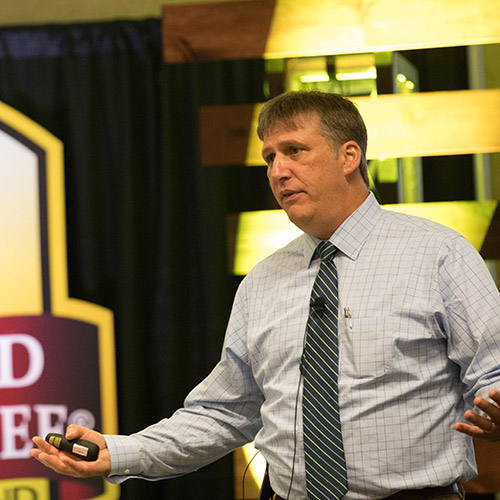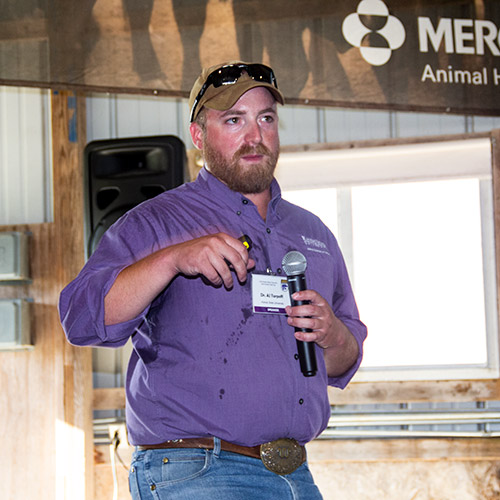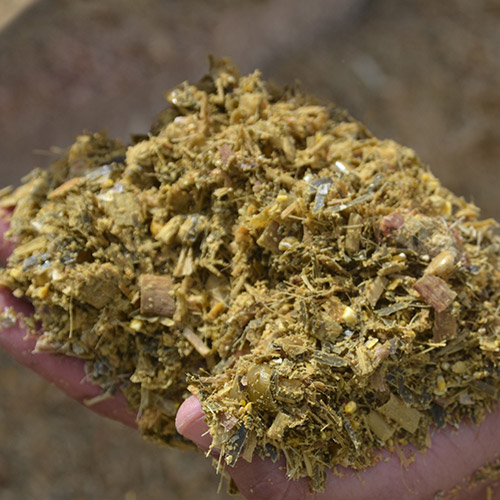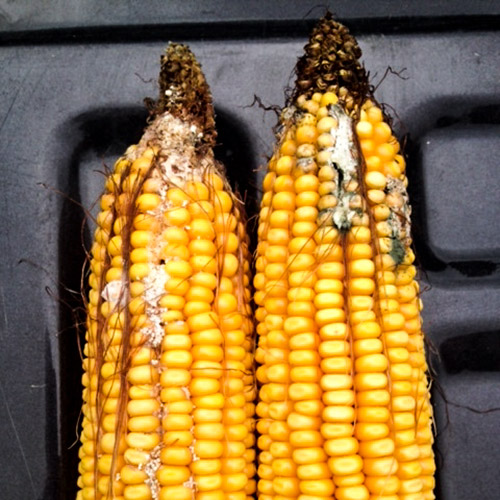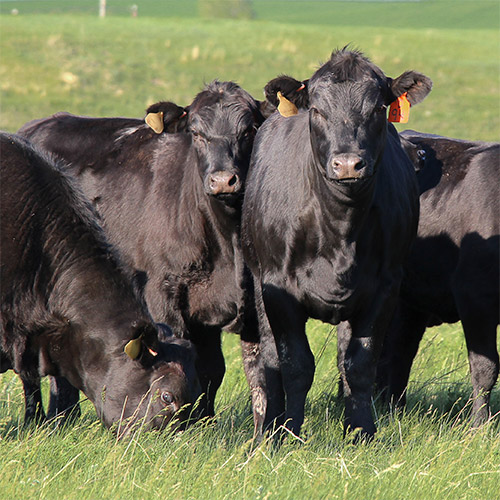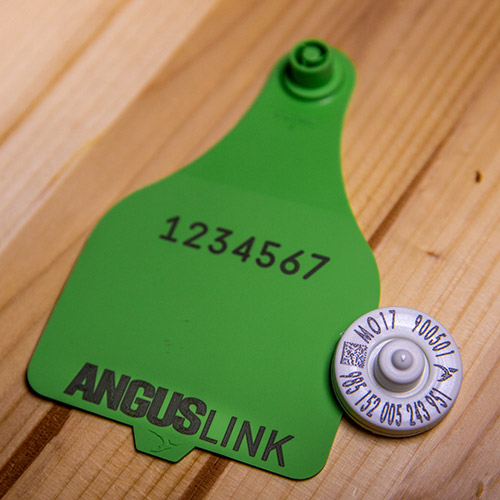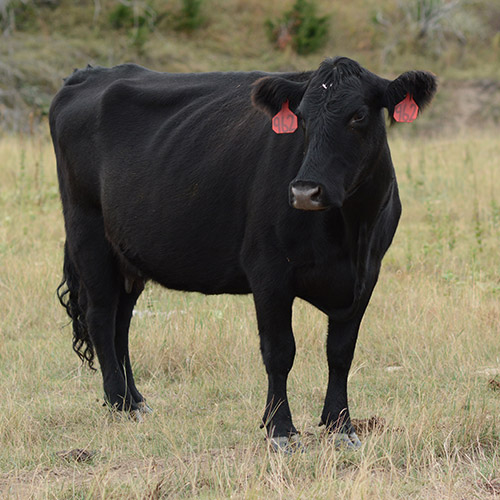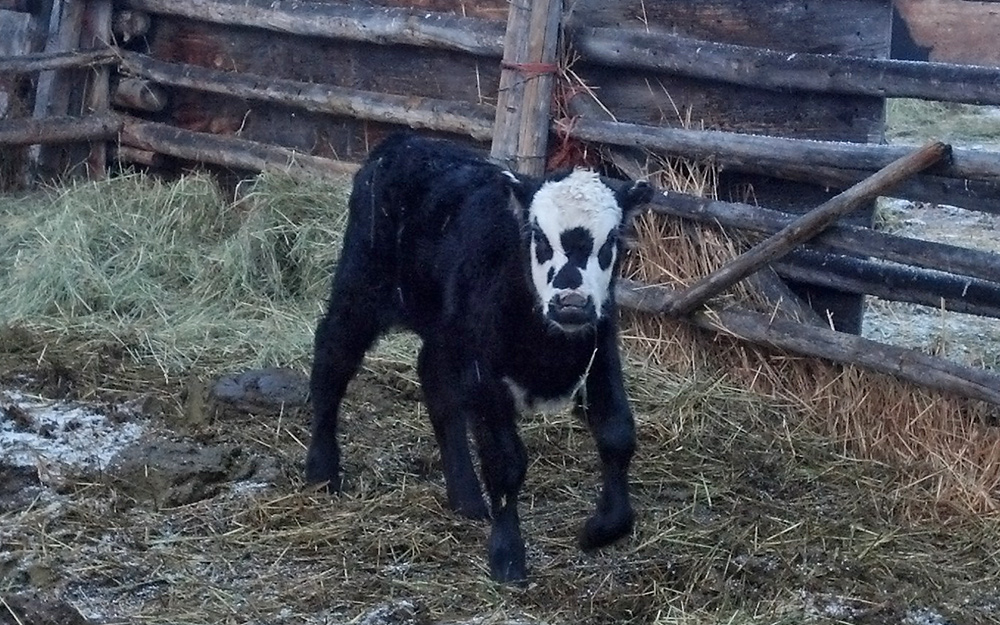
Dealing with Frostbite
Tips offered to prevent and treat hypothermia and frostbite.
Andy Acton, veterinarian at Deep South Animal Clinic at Ogema, Sask., Canada, says there are two problems when dealing with calving in cold weather. One is hypothermia; the other is frostbite. They don’t always happen together, he says. A calf can be very chilled, but not frostbitten, so there is no frozen tissue. Adverse effects will vary, based on temperature, wind chill and how much time a calf spends in cold conditions.
A sick calf may chill and suffer frozen extremities due to circulatory impairment. A scouring calf may be dehydrated, and extremities become colder and vulnerable to freezing. Even an older animal may suffer frostbite if blood circulation is compromised.
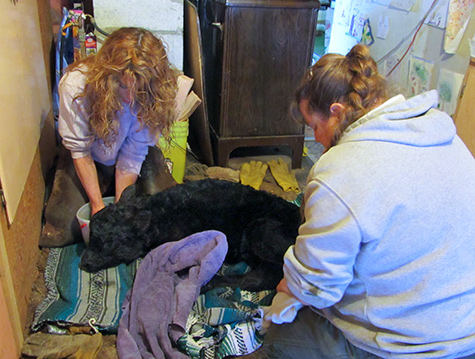 |
“Don’t put them back outside again after you get them warm and dry. They are compromised, and it will take a while for them to recover,” Andy Acton explains. |
“One of our producers brought in a sick yearling, and it walked in on totally frozen hind legs. They were frozen solid,” says Acton.
He has looked at various ways people try to warm a hypothermic calf, such as a cold newborn, and thinks warm air is usually better than warm water.
“Warm circulating air and tubing with warm colostrum (a little warmer than normal body temperature, but not so hot you can’t put your finger in it) will usually help these calves the most, and warm IV fluids in severe cases,” he says. “You can use blankets or towels for bedding, and keep changing them to warmer, dry ones.”
“If you do put the calf in a bath, body temperature is as hot as the water needs to be. If it is too hot, it can be a shock to the system,” he adds.
Frostbite is similar to a burn; these injured tissues are very fragile. Some people massage the frozen areas to try to restore circulation, but rubbing them too vigorously can damage tissue.
It pays to have a thermometer and take the calf’s temperature to know how cold it really is. A calf’s normal temperature would be about 101° F. If its temperature is just a little subnormal, like 97°, the calf should warm up fairly readily, especially if you give it warm colostrum and get it in out of the cold.
However, if its temperature is in the low 90s, this a serious problem, says Acton.
The key is to get these calves warm and keep them warm.
“Don’t put them back outside again after you get them warm and dry. They are compromised, and it will take a while for them to recover,” he explains.
Regarding frostbite, there are no magic fixes. Recovery depends on how deeply frozen and damaged the tissue is, and how long it’s been frozen.
“If frostbite is severe, you can’t reverse it. What’s done is done; all you can do is keep it from being worse,” says Acton.
“Some people claim that applying petroleum jelly to frozen areas helps, but nothing you can put on frostbite will make any difference. Taping the ears against the body might help prevent frostbite (by keeping the ears warmer in severely cold weather) but this will not reverse frostbite,” he says.
Sometimes there is severe damage, but not to the point the hooves slough off. The laminae may be damaged similar to a horse that founders with laminitis, and the hoof horn doesn’t grow properly.
“It’s a mechanical founder. The hooves may grow abnormally and curl up at the toe. If that animal gets around and is not lame or in constant pain, it may do fine with just a little hoof care. If it gets to grow up and be a cow, we may need to simply trim those feet more frequently. If the animal is walking in constant pain, however, and truly lame, that’s a different story. Salvage or euthanasia is the most humane thing,” says Acton.
Editor’s note: Heather Smith Thomas is a cattlewoman and freelance writer from Salmon, Idaho.
